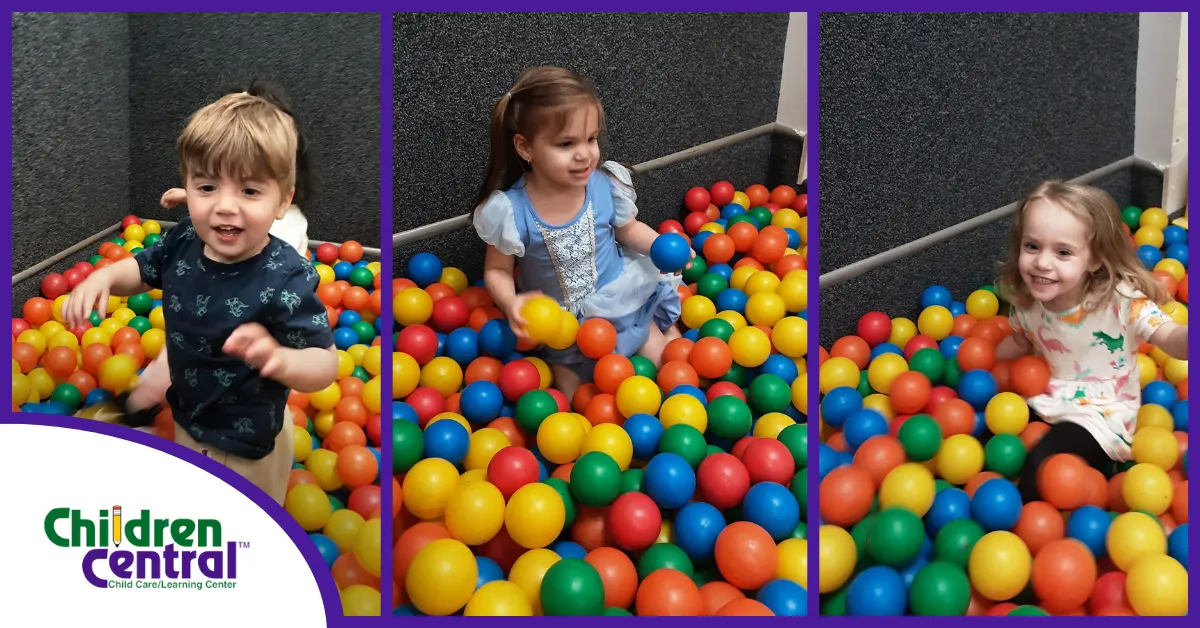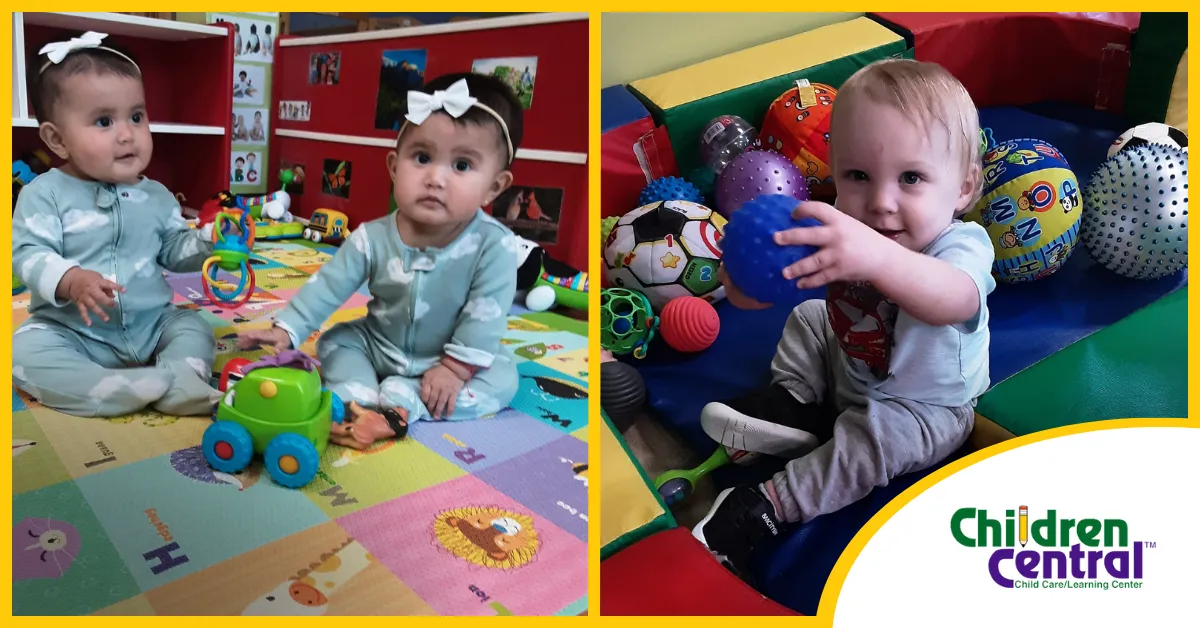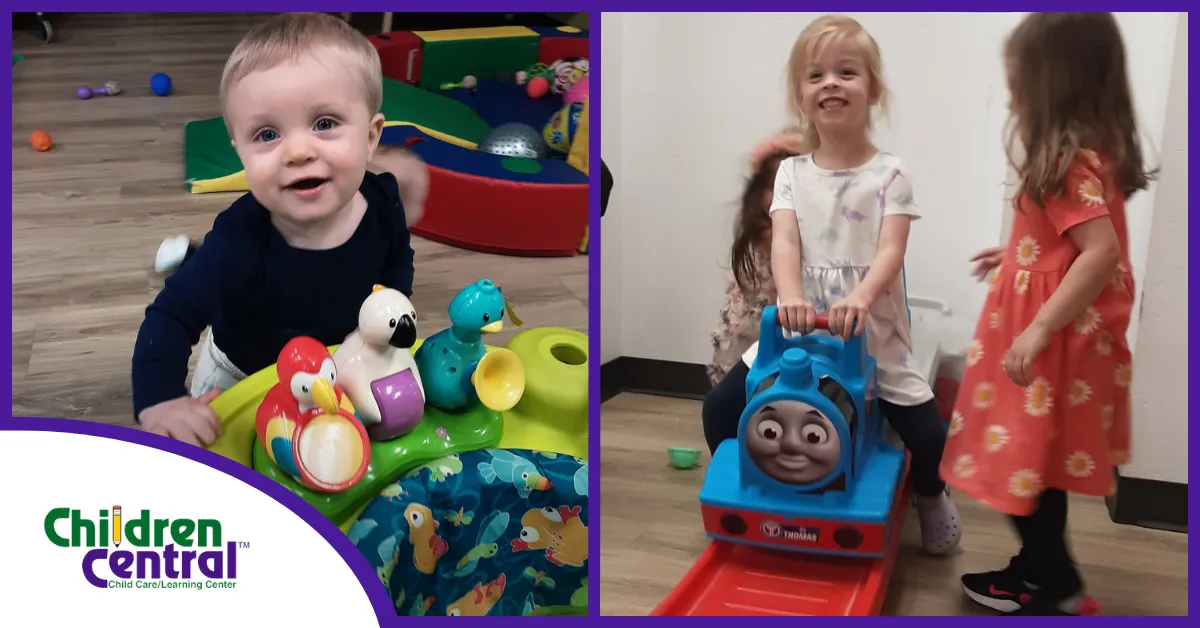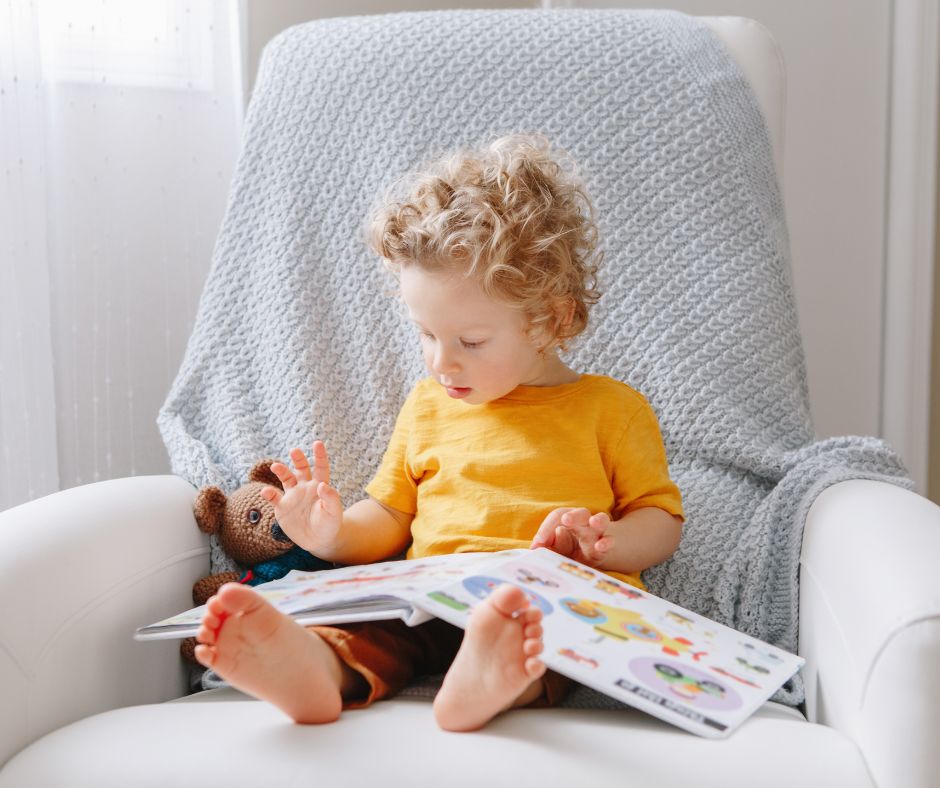Number activities for pre-k help young learners develop early math skills through engaging, age-appropriate exercises. At this critical stage of development, introducing numbers in a fun and structured way builds confidence and fosters a positive attitude toward learning. Practical number activities combine repetition, hands-on practice, and visual support to help children recognize numerals, understand quantity, and begin basic counting.
These foundational skills are essential as children prepare for kindergarten and beyond. Through group games, classroom centers, or individual play, structured number activities reinforce cognitive development while encouraging participation.
1. Fun Math Games for Preschoolers That Build Foundational Skills

Fun math games for preschoolers offer an engaging way to introduce early numeracy concepts. These activities help young learners strengthen counting, number recognition, and basic problem-solving while encouraging participation and enjoyment. When used consistently, math games contribute to long-term confidence in learning.
Board Games That Reinforce Counting
Preschool board games are practical tools for helping children understand number order and develop one-to-one correspondence. They combine visual cues with hands-on movement, making learning active and effective.
- Roll and Move: Children roll a die and count spaces on a numbered path to reach a goal.
- Number Path Races: Players advance on a number line by identifying and saying the following number in the sequence.
- Count and Match: Match numbers on cards with objects or illustrations on the board.
These games allow children to practice essential skills in a relaxed setting that encourages repetition without monotony.
Dice and Card Games for Quantity Recognition
Games that use dice and number cards introduce children to quantities and numerals through repetition and comparison.
- Dice Matching: Roll a die and find the matching numeral card.
- Number Bump: Roll two dice, add the numbers, and place a marker on the correct total.
- Card Count: Pick a number card and count out the matching number of small items.
These activities strengthen number sense and early math fluency by pairing visual, tactile, and verbal elements.
2. How to Teach Numbers to Preschoolers Through Daily Routines
Understanding how to teach numbers to preschoolers through daily routines allows educators to embed learning naturally into everyday experiences. These consistent opportunities help children internalize number concepts while building confidence and familiarity.
Integrating Numbers into Everyday Activities
Using numbers throughout the day reinforces learning in a practical, accessible way. Each part of the routine offers a chance to count, compare, and identify numbers from arrival to dismissal.
- Morning Attendance: Count how many children are present and compare to the total class number.
- Snack Time: Distribute a set number of items like crackers or cups to each child.
- Lining Up: Assign each child a number and have them line up in order.
These activities build a strong foundation by linking numbers to real-life situations.
Using Music and Movement to Reinforce Learning
Songs and physical activities help preschoolers retain number concepts while staying engaged. Repetition through rhythm enhances memorization and number sequencing.
- Counting Songs: Sing “Five Little Ducks” or “Ten in the Bed” to reinforce number order.
- Finger Plays: Use hand gestures to count up or down while reciting rhymes.
- Movement Games: Incorporate numbered steps or jumps into physical play.
These techniques promote active learning while supporting cognitive and motor development.
3. Preschool Number Recognition Activities Using Visual and Tactile Tools

Preschool number recognition activities using visual and tactile tools help children make meaningful connections between symbols and their corresponding values. These strategies engage multiple senses, allowing children to retain and understand numerical concepts better.
Visual Aids That Reinforce Recognition
Visual materials provide consistent exposure to numbers, supporting familiarity through repetition and clarity. These tools can be displayed in the classroom or used during structured activities.
- Number Charts: Display numbers in sequence with matching illustrations to reinforce order and quantity.
- Flashcards: Use cards with large numerals and images to support visual memory and identification.
- Wall Displays: Create interactive number walls that children can refer to during lessons or free play.
These aids promote constant reinforcement, making number recognition a natural part of the classroom environment.
Tactile Tools That Strengthen Understanding
Hands-on materials support learning by engaging the sense of touch and helping children explore number forms and their meanings.
- Sandpaper Numbers: Allow children to trace textured numerals to build muscle memory.
- Magnetic Numbers: Use manipulatives on boards to match numbers with pictures or quantities.
- Number Puzzles: Assemble puzzles that pair numerals with groups of corresponding objects.
These tactile experiences help solidify early numeracy skills by combining movement, touch, and active participation.
4. Counting With Manipulatives: Hands-On Learning Strategies
Counting with manipulatives offers preschoolers a concrete way to understand numbers and quantities. By physically moving and organizing objects, children develop one-to-one correspondence and number sense through active engagement. These strategies are foundational in early math development and support independent and guided learning.
Using Everyday Items to Teach Counting
Standard classroom or household objects can be transformed into effective learning tools. These familiar items help children grasp quantity and sequence through tactile and visual stimulation.
- Counting Bears or Beads: Group and count small items to match a specific number.
- Building Blocks: Stack blocks while counting aloud to reinforce order and quantity.
- Buttons or Coins: Sort and count objects based on size, shape, or color.
These activities support flexible learning opportunities that can be adjusted for individual needs.
Grouping and Sorting to Reinforce Number Concepts
Manipulatives are also useful for exploring patterns and classification, helping children see how numbers relate to one another.
- Color Sorting: Separate counters by color and count how many are in each group.
- Shape Grouping: Organize by shape, then compare group sizes.
- Size Sequencing: Arrange objects while counting items in each category.
These strategies promote reasoning and comparison, strengthening both numeracy and cognitive skills.
5. Interactive Storytime That Reinforces Number Concepts
Interactive storytime is a practical approach to reinforce number concepts in preschool classrooms. Children engage with mathematical ideas by integrating numbers into storytelling in a meaningful and memorable context. This method encourages active listening, participation, and comprehension while supporting early numeracy skills.
Number-Focused Picture Books
Books with counting themes introduce numbers through characters and storylines, helping children make connections between words, images, and quantities.
- “Ten Black Dots” by Donald Crews: Introduces numbers through visual creativity and imagination.
- “Chicka Chicka 1 2 3” by Bill Martin Jr.: Combines rhythm and number sequencing for easier recall.
- “Pete the Cat and His Four Groovy Buttons” by Eric Litwin: Uses repetition and subtraction to teach basic math.
These books foster engagement while reinforcing number identification and order.
Encouraging Participation During Reading
Storytime can become interactive by involving children in counting, predicting, and responding to questions throughout the narrative.
- Counting Along: Ask children to count objects or characters on each page.
- Predicting Outcomes: Pause to ask what number might come next in the story.
- Movement Integration: Invite children to act out number-related parts of the book.
These strategies enhance comprehension and strengthen number understanding in a dynamic and supportive setting.
6. Outdoor Number Hunts and Nature-Based Math Play

Outdoor number hunts and nature-based math play allow preschoolers to explore numeracy concepts in a natural, stimulating environment. These activities promote hands-on learning, physical movement, and observation skills while reinforcing counting, number recognition, and comparison.
Number Hunts That Encourage Exploration
Outdoor number hunts transform everyday spaces into learning opportunities. Children engage with numbers in real-world settings, which helps reinforce their relevance and use.
- Hidden Numbers: Place laminated numbers around the playground for children to find and name.
- Object Counting: Ask children to collect a certain number of leaves, sticks, or stones.
- Order Challenge: Have children line up natural items from one to ten based on size or shape.
These hunts combine physical activity with math practice, supporting cognitive and motor development.
Using Nature to Support Math Concepts
Nature-based materials provide rich opportunities for exploring mathematical relationships through sorting, grouping, and measuring.
- Leaf Sorting: Group leaves by size or color, then count and compare group totals.
- Rock Patterns: Create and continue patterns using small rocks or seeds.
- Stick Measuring: Compare the lengths of sticks and place them in sequential order.
These outdoor activities encourage curiosity, collaboration, and meaningful math learning through sensory-rich experiences.
7. Creative Arts and Crafts That Promote Number Awareness
Creative arts and crafts that promote number awareness combine fine motor development with early math learning. These activities allow preschoolers to interact with numbers in a tactile and expressive way, helping to reinforce numeral recognition, counting, and sequencing through hands-on creation.
Number-Based Art Projects
Incorporating numbers into art projects helps children visualize and engage with numerals creatively. These projects support concentration, coordination, and numerical understanding.
- Number Collages: Glue cut-out numerals alongside matching quantities of objects like pom-poms or stickers.
- Stamped Numbers: Use number stamps with paint or ink to create patterns or number lines.
- Dot Art Counting: Use cotton swabs or dot markers to place a specific number of dots around each numeral.
These activities make numbers a part of artistic expression, reinforcing recognition and quantity concepts.
Sculpting and Building With Numbers
Three-dimensional crafts deepen understanding by allowing children to form and manipulate numbers with their hands.
- Playdough Numbers: Shape numerals with playdough and pair them with small item sets.
- Pipe Cleaner Numerals: Twist pipe cleaners into number shapes and match them with counters.
- Craft Stick Numbers: Assemble numbers using craft sticks and decorate with related quantities.
These engaging tasks promote both creative exploration and foundational math readiness.
Conclusion
Introducing number activities for Pre-K students is essential to building early math skills in an engaging, meaningful, and developmentally appropriate way. These strategies support number recognition, counting, and early problem-solving in a well-rounded learning environment through hands-on manipulatives, interactive storytelling, nature-based exploration, or creative art projects. By incorporating numbers into structured lessons and everyday routines, educators and caregivers can inspire confidence and curiosity in young learners as they prepare for future academic success.
Discover what Children Central offers if you’re looking for a nurturing preschool program that emphasizes academic growth and joyful learning. Contact us today or call (215) 398-1076 to learn more about our early childhood programs.



